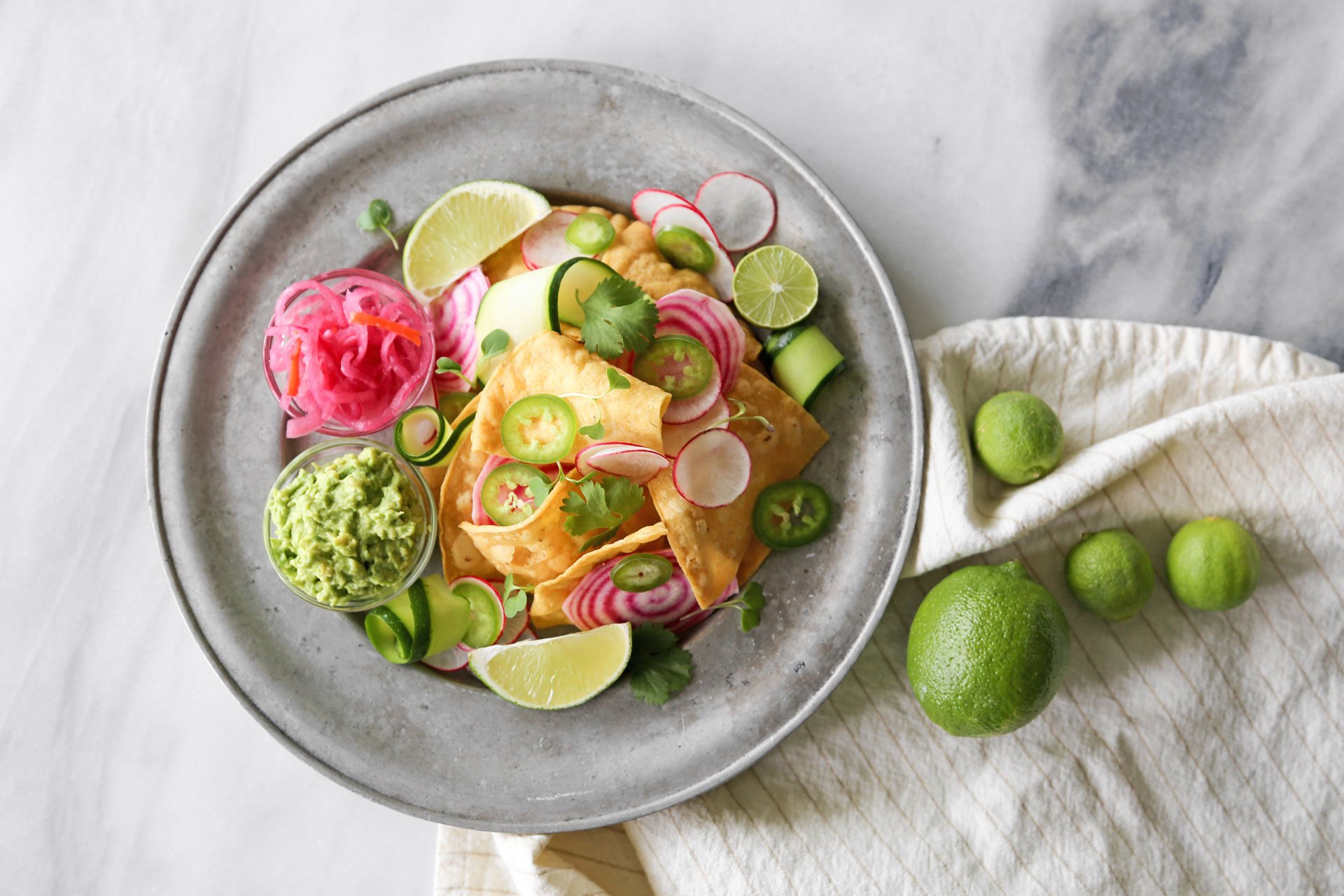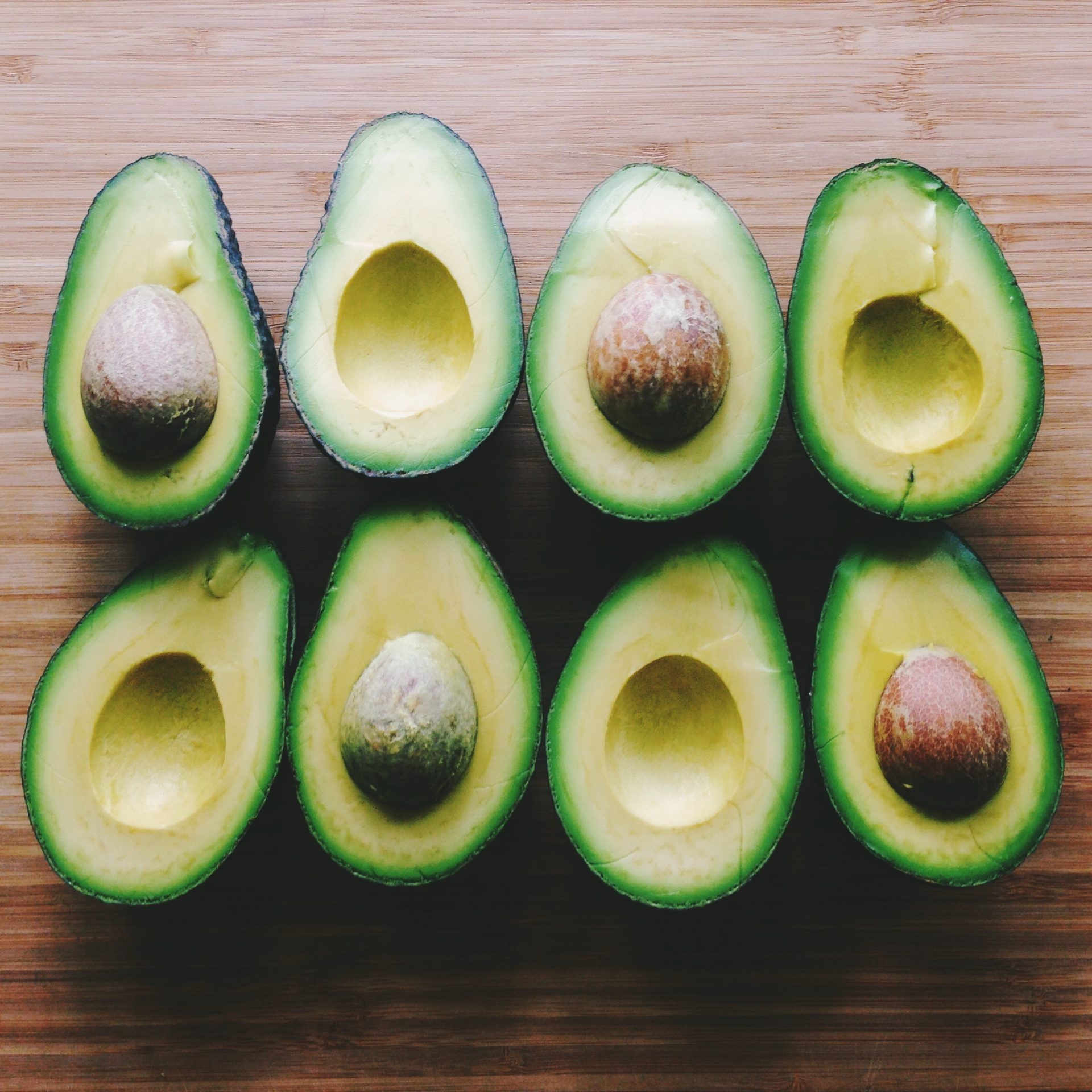How to Use Leftover Avocados
Avocados are lovely. They’re versatile, nutritious and delicious. But they are also quite resource intensive to grow (avocados require lots of water), can be quite expensive and for many of us represent a significant amount of food miles spent. You don’t need to quit your avocado habit, but it’s a good idea to enjoy every last bite of the avocados that you buy. But that’s not always easy. Time is not on your side.
The avocado clock starts ticking the minute they leave the tree. One minute they’re as hard as rocks. The next minute it seems they have withered like the Wicked Witch after a bath. There are some steps you can take along the way in buying and storing your avocados that will make sure you can eat them before they expire. But when you feel like you are at the finish line and time is running out, you need to eat them up. Here are a few ways to help you taste, not waste, your avocados.
Buying Avocados
There are a number of tasty avocado varieties that grow in the warm regions of the world all year-round. The most popular in the United States, Haas, is grown primarily in California and is harvested spring through summer. It has a dark green to black skin and fits in the palm of your hand.
Florida also contributes to the national avocado supply but they focus more on the larger, bright green avocados that are less oily and better suited to their climate.
When selecting avocados, make sure that they are firm, with no soft spots or bruising. They should be firm but yield to gentle pressure. Don’t use your thumb to test as that will bruise the flesh. Hold the whole fruit in your hand and gently squeeze it in your whole hand. If it gives slightly, you have a nearly or fully ripe avocado. You can also wiggle the stem. If it pops off easily, your avocado is ready to eat.
When shopping for avocados, you may not always want to pick up the ripest of the bunch. Unless you are going to enjoy it right away, it’s a good idea to select a few fruits at different stages of ripeness so you can stagger your avocado supply. Even the most rock hard avocado in the pile will be creamy and delicious in no time flat.
Storing Avocados
Commercially, avocados are carefully chilled at controlled temperature and humidity to keep them from ripening before they can be brought to market. Once avocados leave the chilled environment of storage, they generally ripen within a maximum of five days. A variety of factors influence how quickly avocados go from rock hard to silky smooth, including the phase of the season in which they are picked (fruit harvested early in the season has less oil and ripens more slowly), the variety of avocado and how carefully they were stored. Avocados transition from ripe to inedible very quickly, sometimes within a day. So it’s important to keep an eye on their progress.
Avocados ripen most slowly in the refrigerator. If you have an avocado that is about to peak and you know you won’t get to it on time, you can retard the process by refrigerating for a day or so. Any more than that will dull the flavor of the fruit.
If you need to hasten the process, seal your unripened avocados in a paper bag with a banana. The ethylene that the banana off-gasses as it ripens will ripen your avocado right along with it. Note: when storing bananas and avocados on the counter, be sure to put some distance between the two or the bananas may soften your avocadoes too quickly.
Bad Signs for Your Avocados
Stringy black lines or dots in the avocado meat signal immature trees or improper storage. While their texture may not be as appealing as a perfectly uniform, creamy fruit, they are still edible.
More darkening, however, may mean your avocado is past its prime. As avocados age their skin darkens and shrivels. The flesh darkens, too. If there are just a few spots of dark around the inside of the skin, it’s ok to just scoop them out with a spoon and enjoy the rest of the avocado. But if the darkening is extensive or there are any signs of fuzzy mold in the peeled fruit or around the stem, the avocado is too rotten to eat.
Before that happens, eat up your oh-so-ripe avocados in these recipes. They offer a great chance to use up those super soft avocados that might be too squishy for your salad but are still full of flavor.

Waste Saving Ideas
Guac Avo-Obvi
Served up with salty chips and a refreshing beverage, cool, spicy guacamole is a summertime staple.
Smoothies and Shakes
Puree an avocado in your next smoothie or shake where it will enhance the texture without dominating the flavor. This is a great trick for whipping up a creamy, rich treat that is still dairy-free.
Hummus
A soft avocado is the perfect addition to hummus. It blends right into the familiar texture but lightens the rich dip as well.
Chocolate Mousse
You heard me. Vegan pastry chefs know that you don’t have to have lots of cream and eggs to whip up a delicious mousse. Just some super-ripe avocados.
Baked Goods
Don’t stop with mousse: pureed avocado enriches all kinds of baked goods, especially the chocolatey kind.
Paletas
Trust our Mexican neighbors. Avocado popsicles are a treat. Spike them with a little lime and/or chili to take it over the top.
Salad Dressing
Blend a ripe avocado with some lemon juice, a glug of oil and some salt and pepper and you have a great dressing for fresh greens.
Mayo Replacer
Mash that super-ripe avocado into a paste and spread it on sandwiches for a vegan mayonnaise. Add some Sriracha and everyone will love you.
Freeze the Pulp
If you are stuck with some super ripe avocados that you just can’t get to, you can freeze the pulp. Mash until smooth and then store in airtight containers in the freezer. Defrosted, it might not be the prettiest avocado in the bunch–it will get a little dark and watery. But the puree is still great for smoothies and baked goods where the color change isn’t noticeable.
Avocado Pits
California Avocado Commission does not recommend using avocado seeds for anything more than regenerating them into houseplants. However, they are a traditional ingredient in Northern Mexican enchilada sauces. The pits are dried and then grated, like nutmeg, to add a subtle bitterness that enhances the rich flavors of the dish.
Health advocates swear by the nutritional value of the pits and grind them into smoothies and shakes so they can sip up their antioxidants. The pits are rich in tannins, also found in black tea and red wine, and impart a similar sort of astringent bitterness so it’s best to use them sparingly.
Avocado Leaves
Avocado leaves are sold fresh and dried, like bay leaves. They are toasted to release their full flavor. Often, they are ground before being added to recipes. They impart a nutty, anise-like flavor. You can find them in Latin American groceries or online. They are a common ingredient in authentic Mexican molé. They can be used as a bed or wrapper for steaming or roasting meats and fish. They also bring a layer of depth when simmered in soups, stews and the bean pot.
Medicinally, avocado leaves are steeped to make a tea that is used to treat ailments that range from flu to kidney disease. They can also be applied topically to relieve skin irritation.
Recipe
Secret Avocado Sauce
This is the simplest sauce to make but it gets rave reviews every time I serve it. The freshness of the herbs and the refreshing taste of the avocado blend together into something that is light and spunky. You can ladle it on without drowning out other flavors or feeling like you need to increase your life insurance. I don’t cook out without it. It’s great on grilled steak, chicken, and fish. I also love to serve it with rice and beans; it turns that simple staple into something special. Don’t be afraid to scale it up. With a piece of waxed paper pressed on top it will keep in the refrigerator for a few days and it’s always super to have it on hand.
Ingredients:
1 super ripe avocado, pitted and peeled
2 tablespoons neutral flavored oil
2 tablespoons red wine vinegar
1 clove of garlic, peeled
A handful of soft herbs such as cilantro, mint, basil, tarragon and/or chives.
Salt and pepper
Method:
In a blender or the cup of an immersion blender puree the avocado with the oil, vinegar, and garlic. Add the herbs and puree until smooth. Season with salt and pepper.
Top photo by Twenty20/@jeff.garroway.
More Reading
The ins and outs of vegan hot dogs
April 16, 2024
7 books about onions, garlic and the wide world of alliums
March 13, 2024
Eat seasonally this winter with persimmons
January 18, 2024
Commit to sustainable habits with our Reduce Your Foodprint Challenge
December 18, 2023
9 homemade preserves to gift (or keep) this holiday season
December 12, 2023
Get creative with these food preservation methods
December 1, 2023
Meatless Monday: The first 20 years
November 1, 2023
Why 2023 is the International Year of Millets
October 5, 2023
Eat more grains — and keep it local
September 29, 2023
When it comes to sustainable spices, 'single-origin' isn’t everything
September 8, 2023

